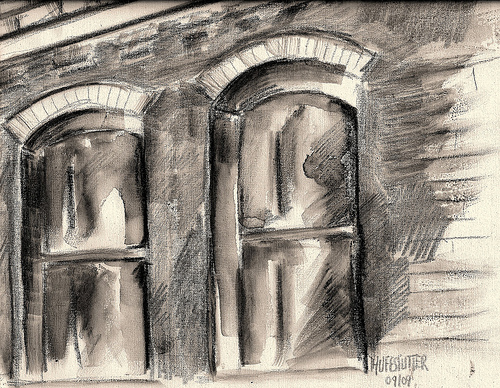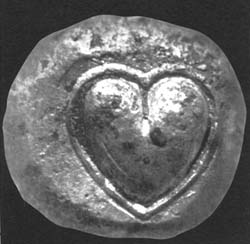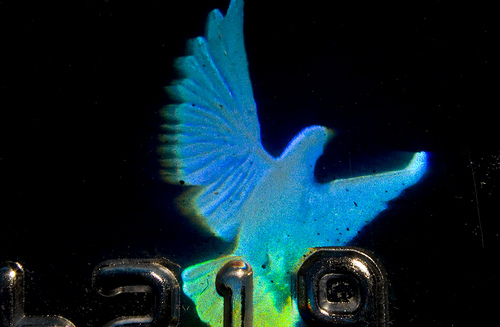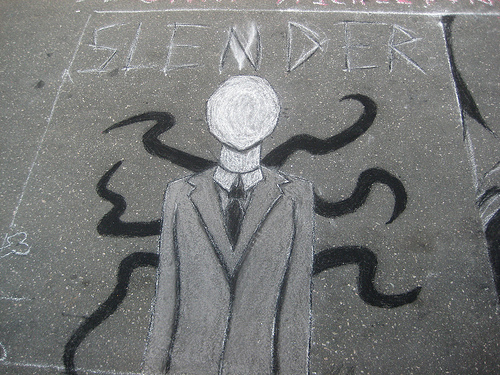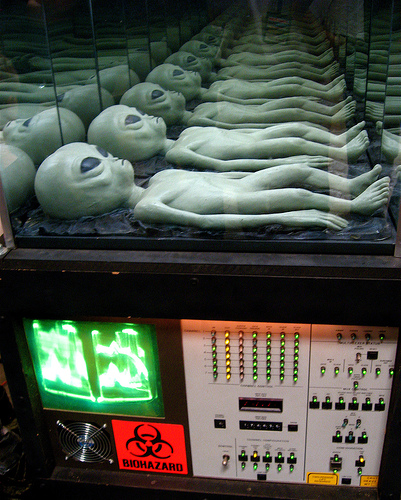Do ghosts have PTSD?
A depressing new theory
A new scientific paper published in the Australian Journal of Parapsychology claims that there is ample evidence to suggest that ghosts suffer from Post-Traumatic Stress Disorder (PTSD). Although the paper itself is behind a firewall, the abstract is quite intriguing.
Obviously this theory is built on the belief called "intelligent haunting," which is that ghosts are people who retain human consciousness after they die. Rather than the competing theory, which is that ghost phenomena is just a sort of psychic recording of people who are no longer there, but whose imprint somehow remains on the building or location. (Although it may be a mistake to call these "competing" theories, because there are certainly places where both types of ghost have been observed.)
If one presumes an intelligent haunting, then if you think about it, it would be surprising if ghosts DIDN'T have PTSD. It must be pretty scary to wake up dead one day, stuck in one place, unable to contact any of your friends or loved ones. Not to mention that if you remember the means of your death, for those who die a violent death, that alone may be enough to trigger PTSD.
PTSD is an anxiety disorder which arises after a traumatic incident, such as a sexual assault or life-threatening situation. It involves a collection of symptoms, including anxiety, flashbacks, feeling numb or disconnected from reality, irritability, and avoidant behavior. People with PTSD are both unable to escape their trauma, and unable to cope with it, stuck in a sort of in-between state, a twilight walking hell.
Doesn't sound too unlike a ghost, does it?
On our plane of existence, people with PTSD are greatly helped by therapy and anti-anxiety medication, which allows them to work through their trauma in a safe and controlled environment. But this is a luxury which is not afforded to the dead. Perhaps some of them are able to work through it on their own, and can thus pass on to the next step. Others, unable to successfully wrestle with their traumatic memories, are stuck here indefinitely.
Frankly I hope that this is not the case, because it's a very sad thought. People with PTSD can be irritable and prone to lashing out, and some people suggest that perhaps this is what is actually driving the poltergeist phenomena. Maybe ghosts don't need an exorcist, they need a therapist instead.
